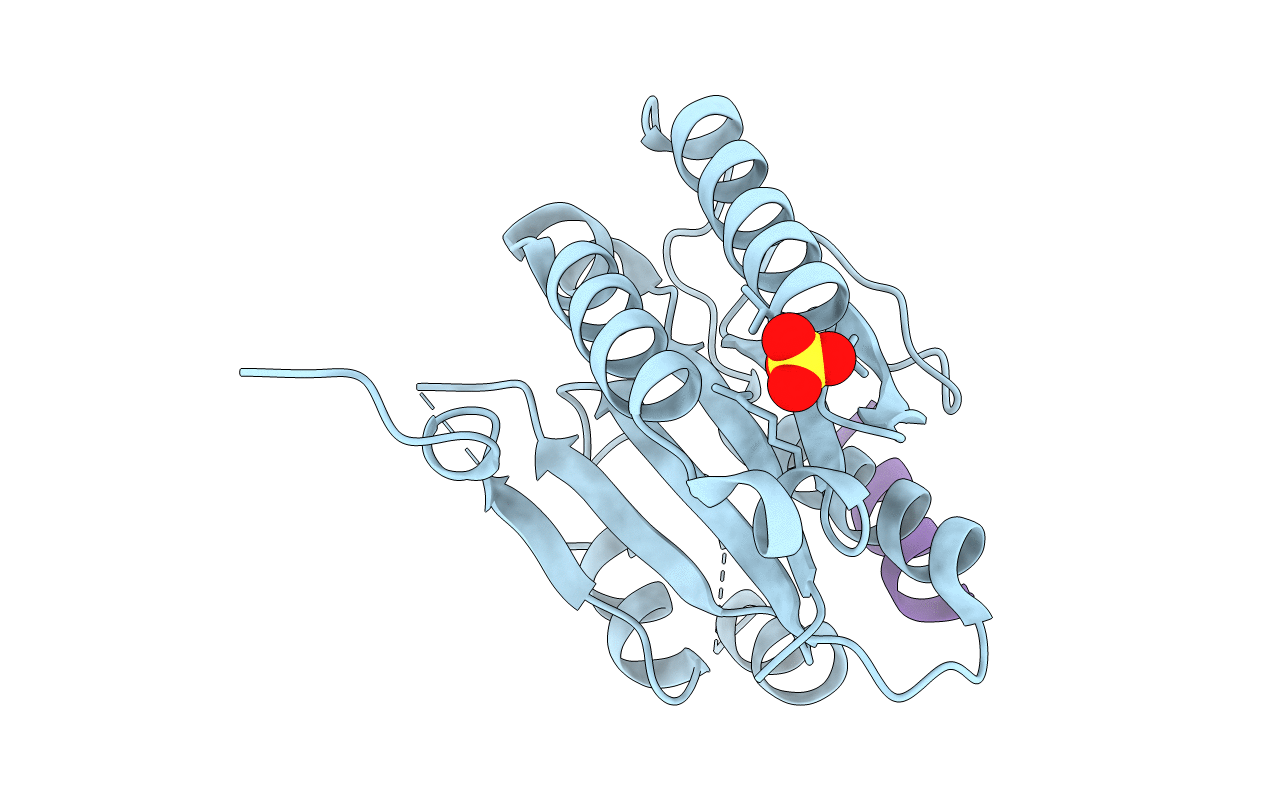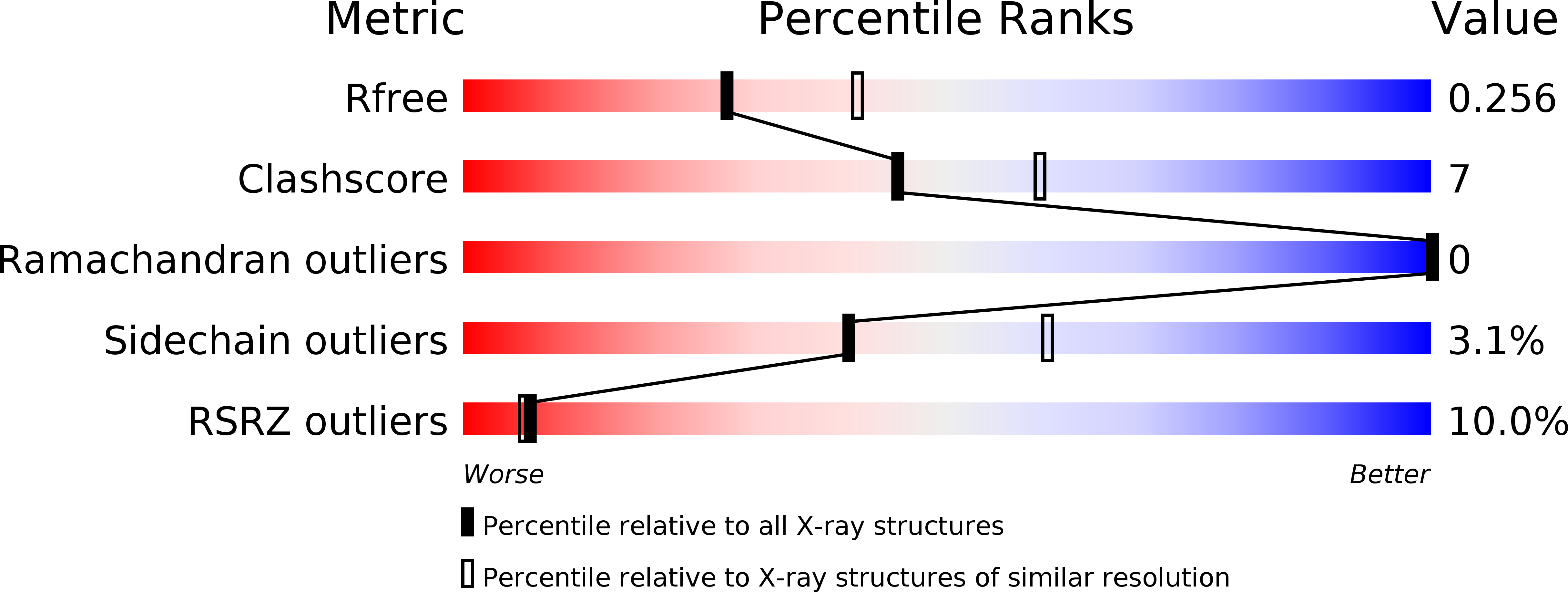
Deposition Date
2017-08-08
Release Date
2017-12-20
Last Version Date
2024-03-27
Entry Detail
Biological Source:
Source Organism:
Saccharomyces cerevisiae (strain ATCC 204508 / S288c) (Taxon ID: 559292)
Saccharomyces cerevisiae (Taxon ID: 764100)
Saccharomyces cerevisiae (Taxon ID: 764100)
Host Organism:
Method Details:
Experimental Method:
Resolution:
2.40 Å
R-Value Free:
0.24
R-Value Work:
0.20
R-Value Observed:
0.20
Space Group:
P 31 2 1


